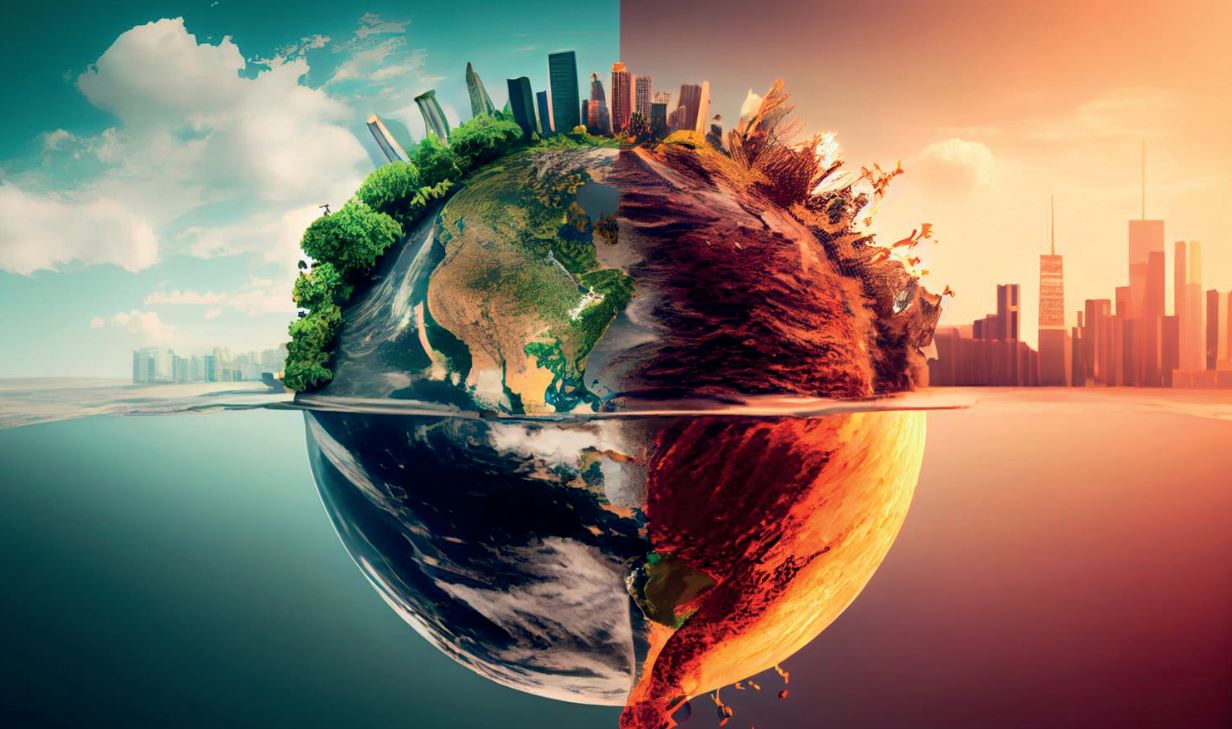Global warming, the gradual increase in Earth’s average temperature, is one of the most pressing environmental challenges of our time. Caused primarily by human activities, such as the burning of fossil fuels, deforestation, and industrial processes, it is having a profound impact on our planet and its inhabitants.
Causes of Global Warming
- Greenhouse gas emissions: The primary driver of global warming is the increase in greenhouse gases, such as carbon dioxide, methane, and nitrous oxide, in the atmosphere. These gases trap heat, leading to a warming effect.
- Deforestation: Forests absorb carbon dioxide from the atmosphere. When they are cleared, this carbon is released, contributing to greenhouse gas emissions.
- Industrial activities: Industrial processes, such as manufacturing and transportation, release significant amounts of greenhouse gases.
Impacts of Global Warming
- Rising sea levels: As glaciers and ice caps melt, sea levels rise, threatening coastal communities and ecosystems.
- Extreme weather events: Climate change is increasing the frequency and intensity of extreme weather events, such as hurricanes, floods, droughts, and heatwaves.
- Ocean acidification: The absorption of carbon dioxide from the atmosphere into the oceans is causing them to become more acidic, threatening marine life, particularly coral reefs.
- Biodiversity loss: Climate change is altering habitats and disrupting ecosystems, leading to habitat loss and biodiversity decline.
- Food insecurity: Climate change is affecting agricultural productivity, leading to food shortages and price increases.
Addressing Global Warming
To mitigate the impacts of global warming, it is essential to reduce greenhouse gas emissions and adapt to the changing climate. Some key strategies include:
- Transitioning to renewable energy: Shifting from fossil fuels to renewable energy sources such as solar, wind, and hydro power can significantly reduce greenhouse gas emissions.
- Improving energy efficiency: Increasing energy efficiency in homes, businesses, and transportation can help reduce energy consumption and emissions.
- Protecting forests: Preserving and restoring forests can help absorb carbon dioxide from the atmosphere and protect biodiversity.
- Developing sustainable agriculture and land use practices: Promoting sustainable agriculture and land use practices can help reduce greenhouse gas emissions and protect ecosystems.
- Investing in climate adaptation: Preparing for the impacts of climate change, such as building seawalls and developing drought-resistant crops, is essential.
Global warming is a complex issue with far-reaching consequences. By taking collective action to reduce greenhouse gas emissions and adapt to the changing climate, we can help protect our planet and ensure a sustainable future for generations to come.




